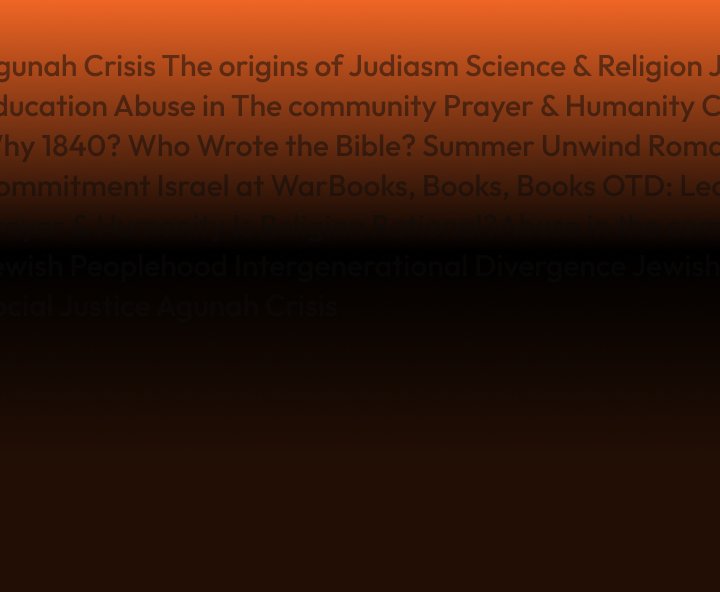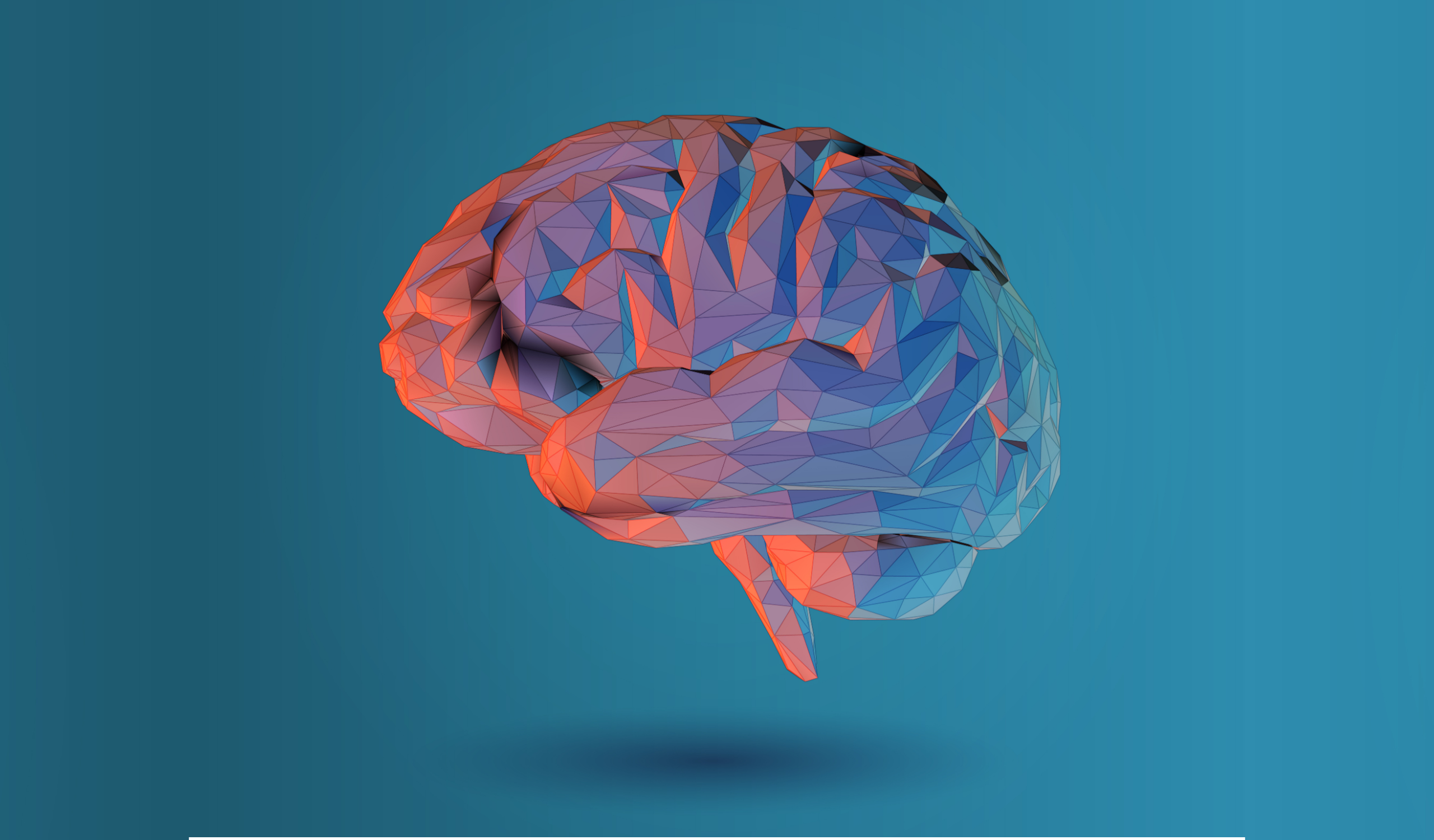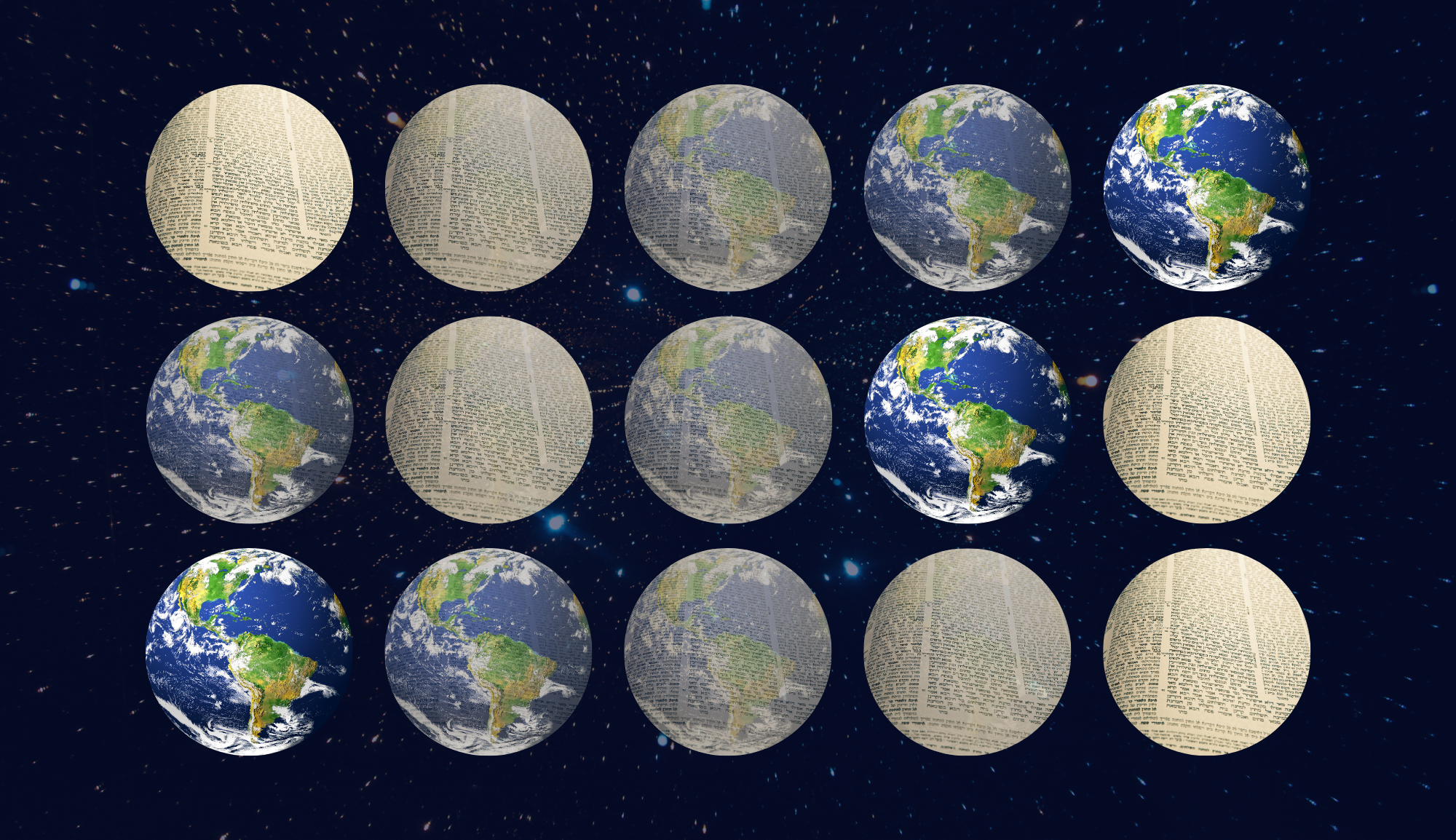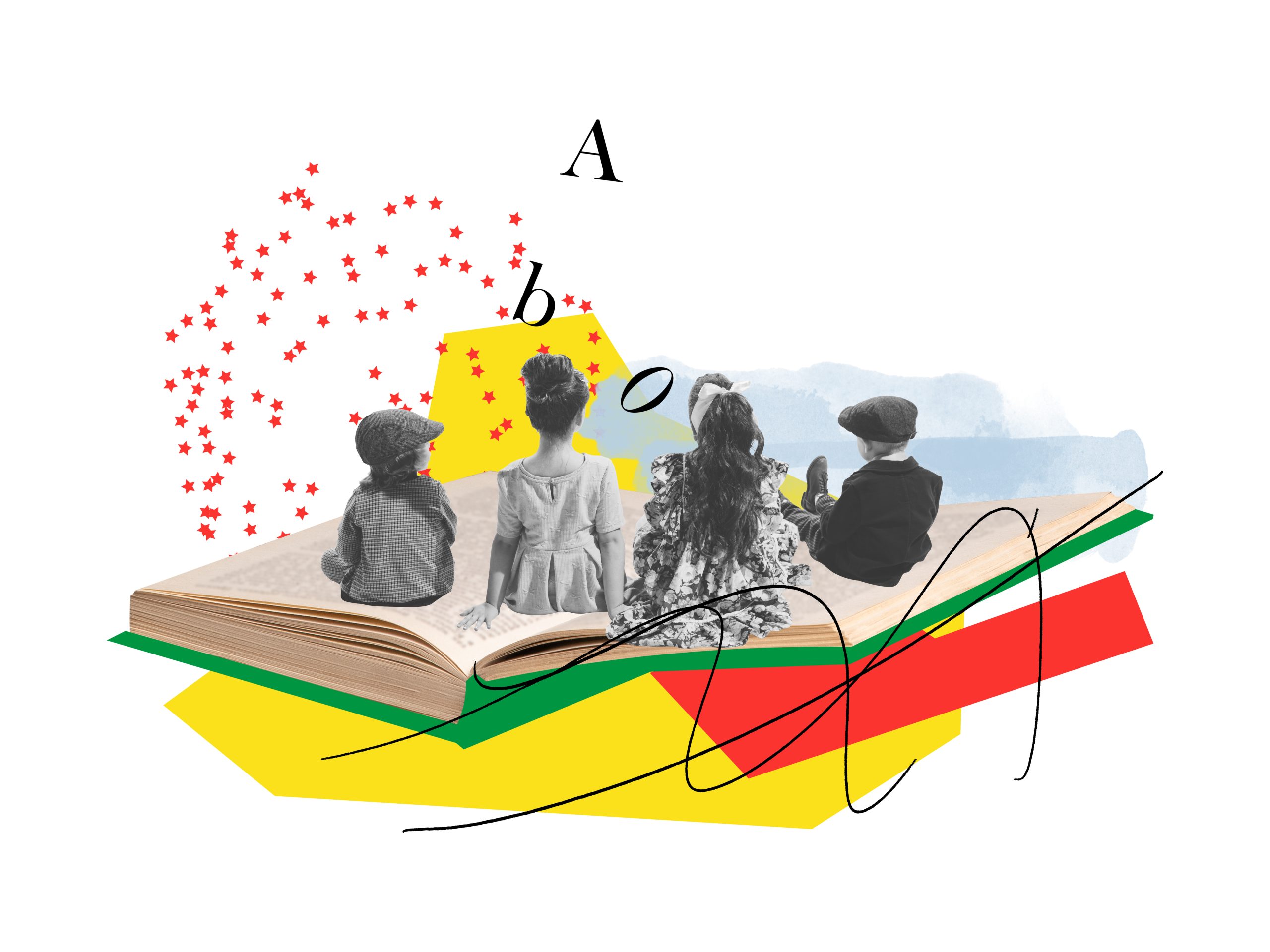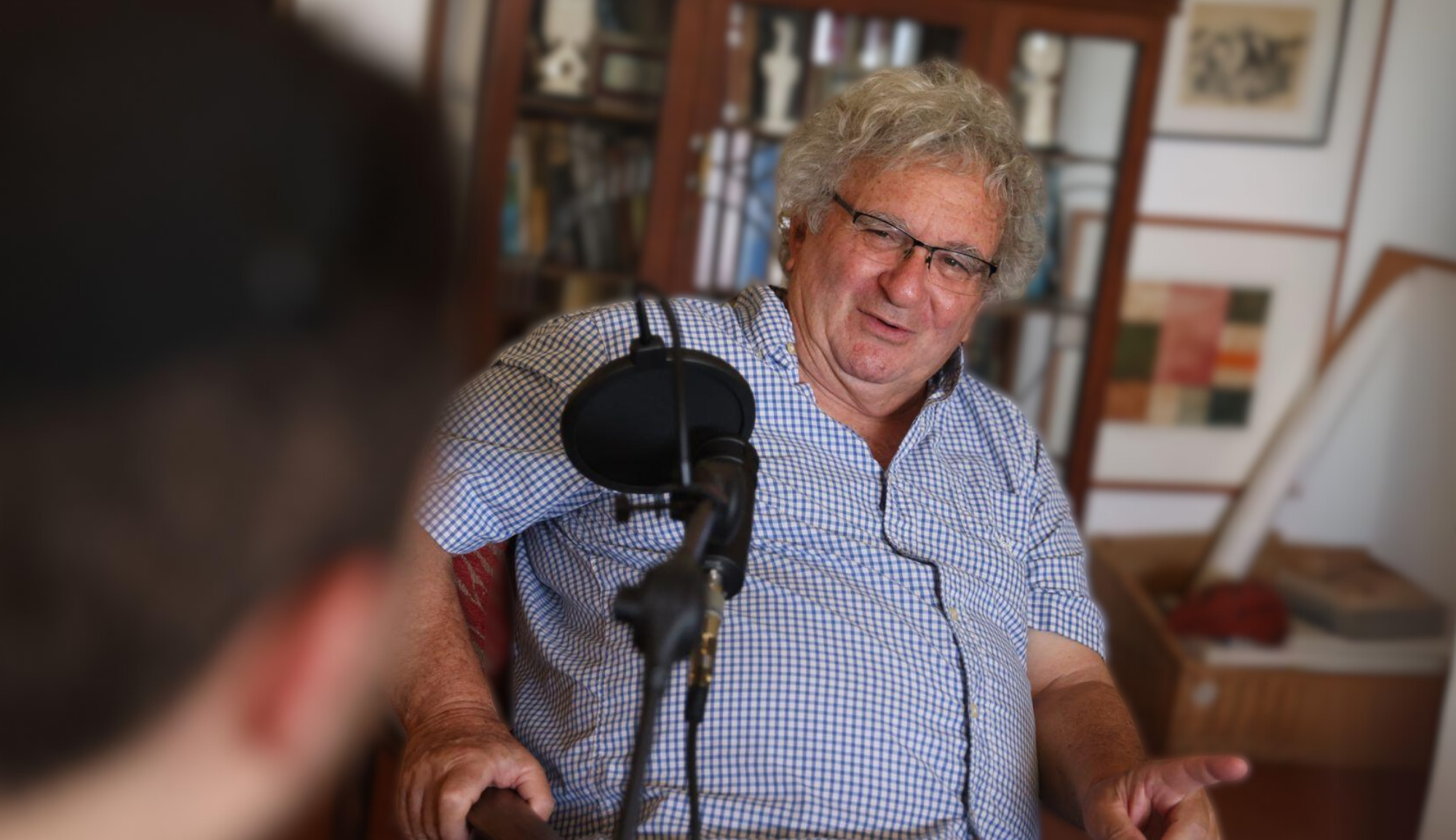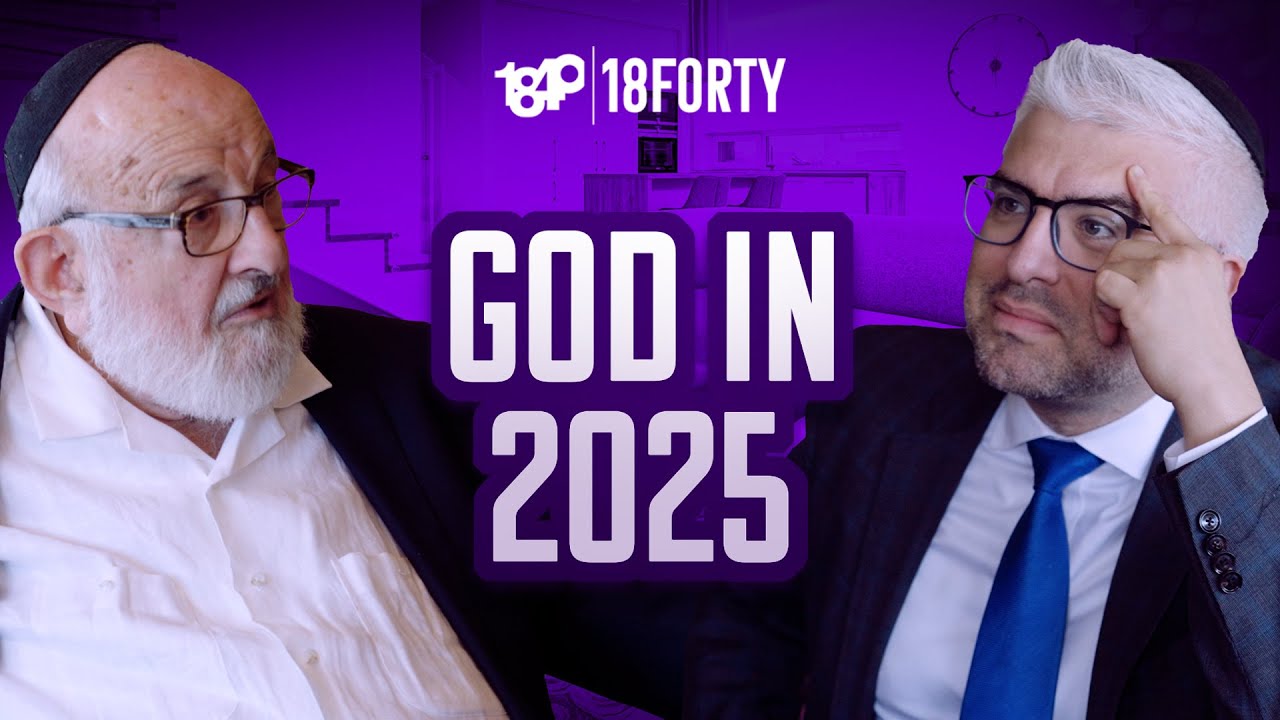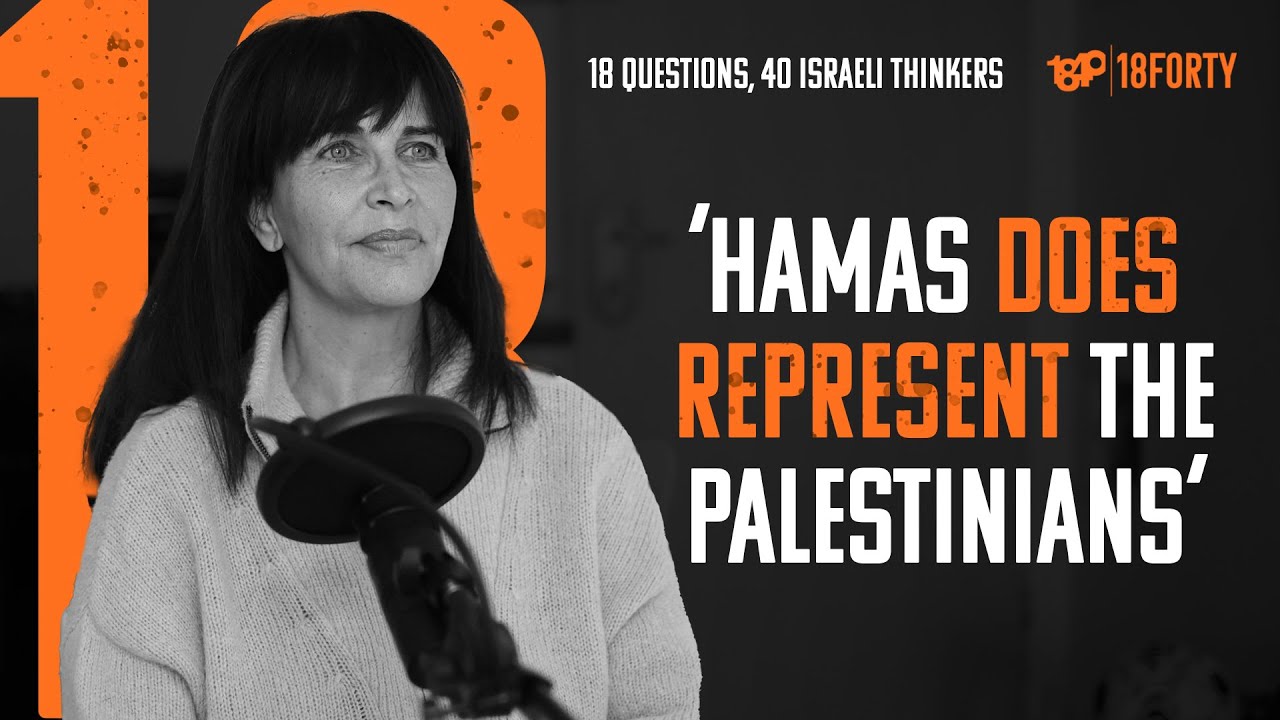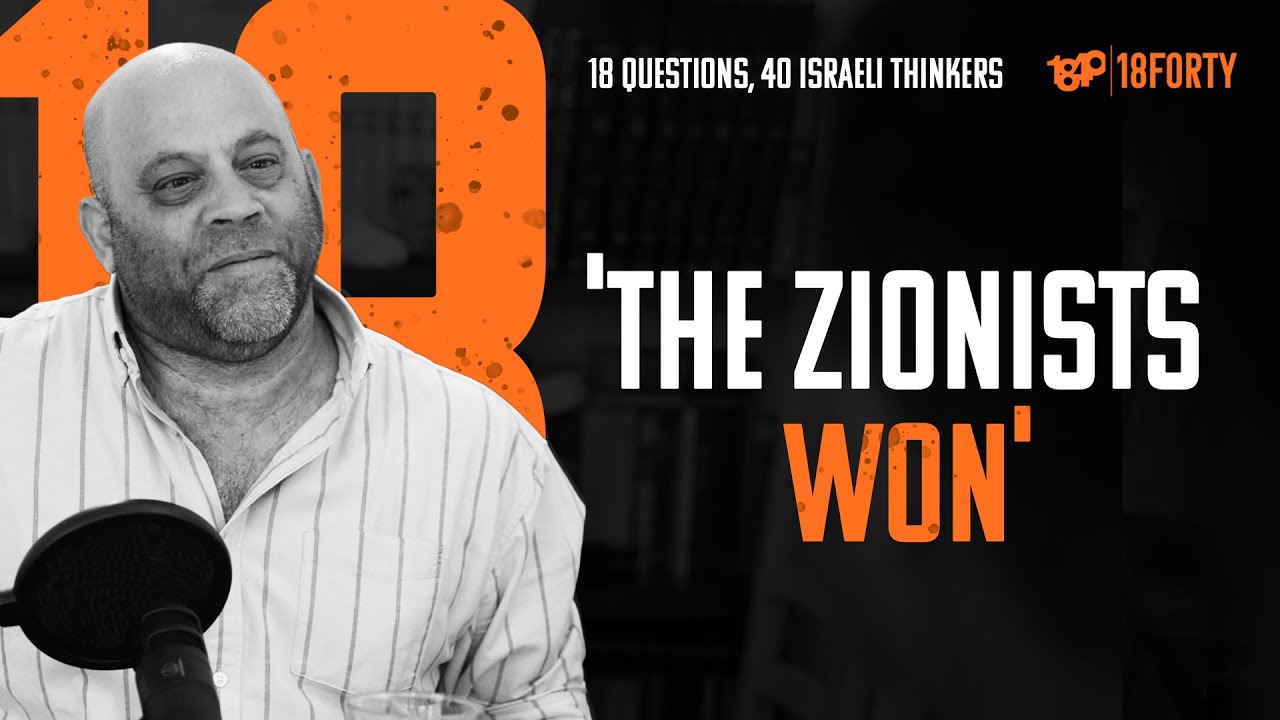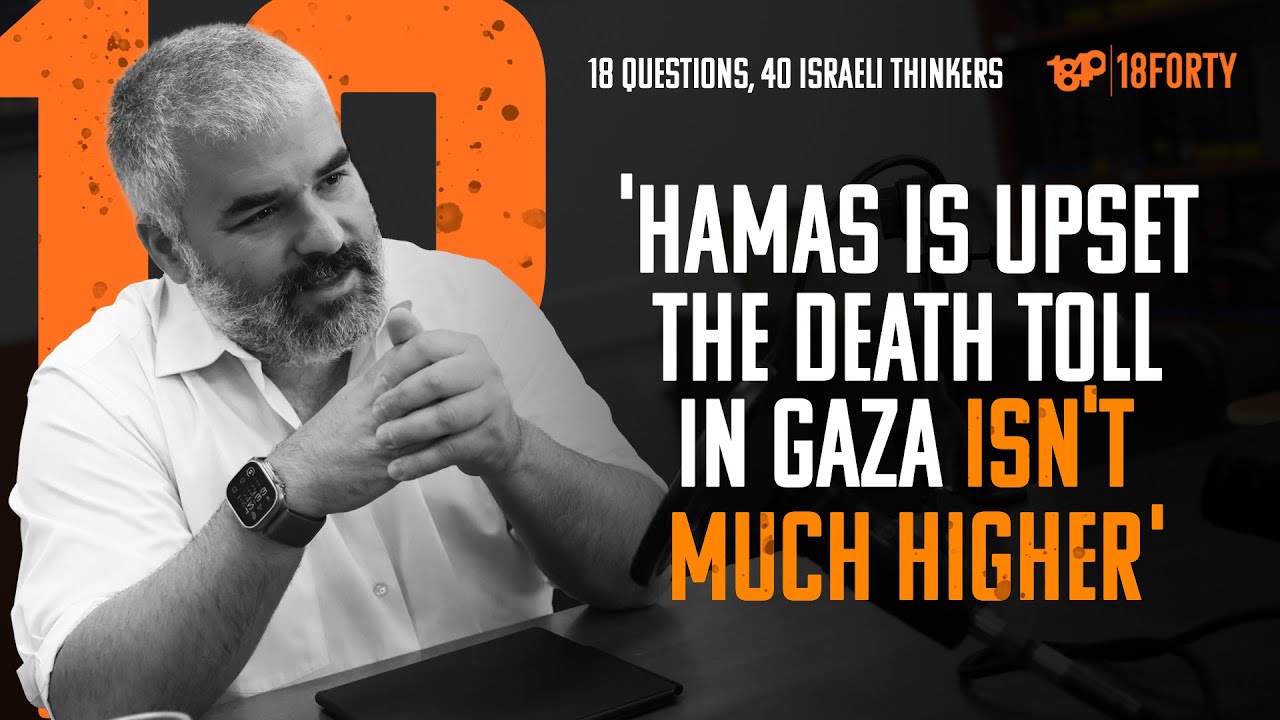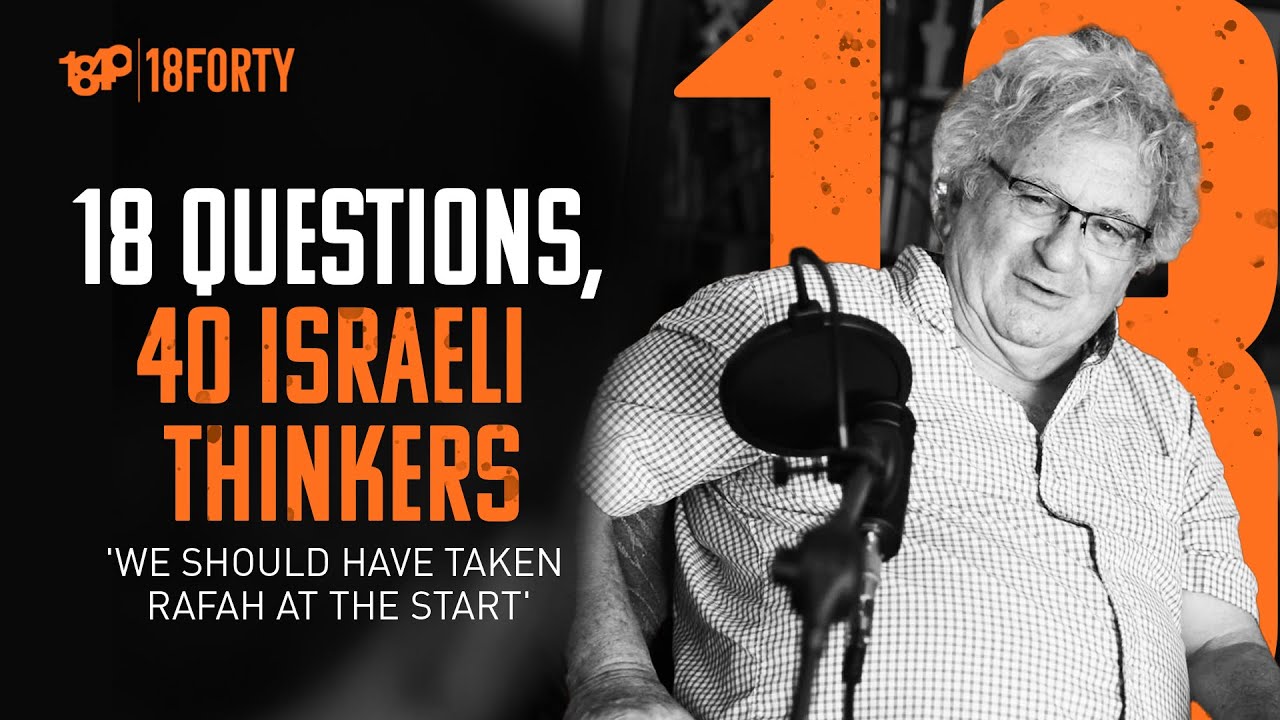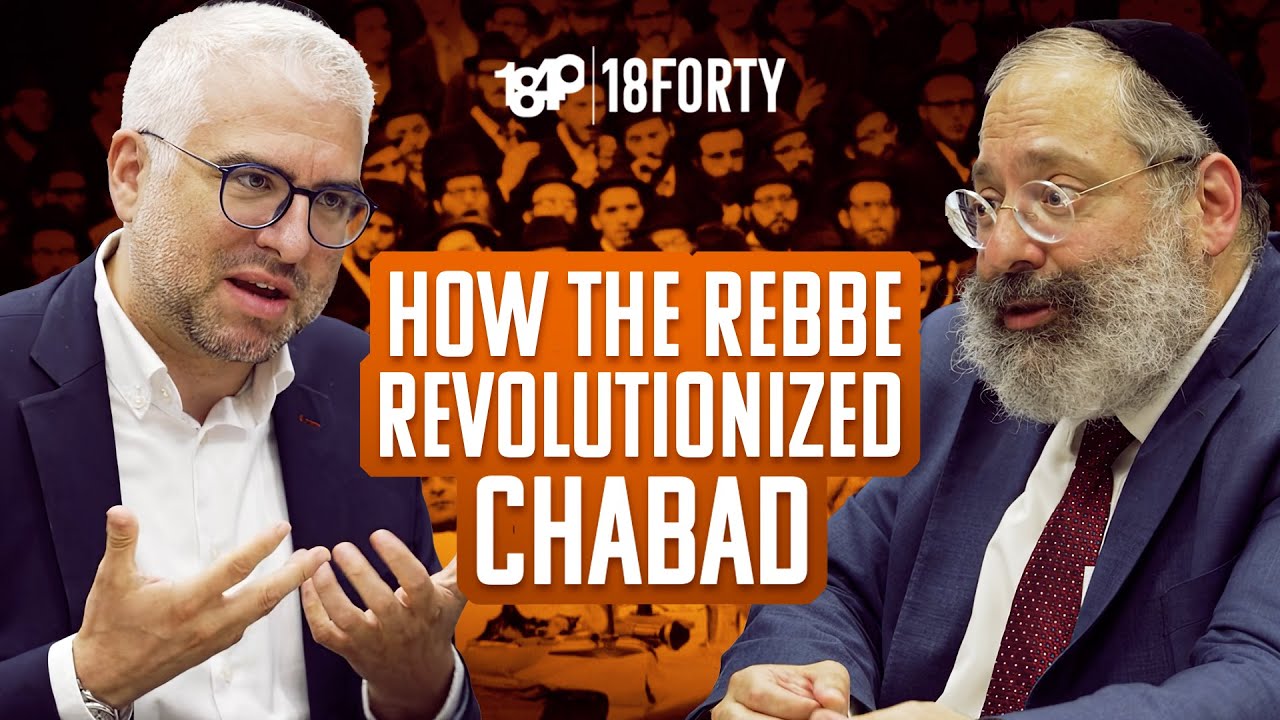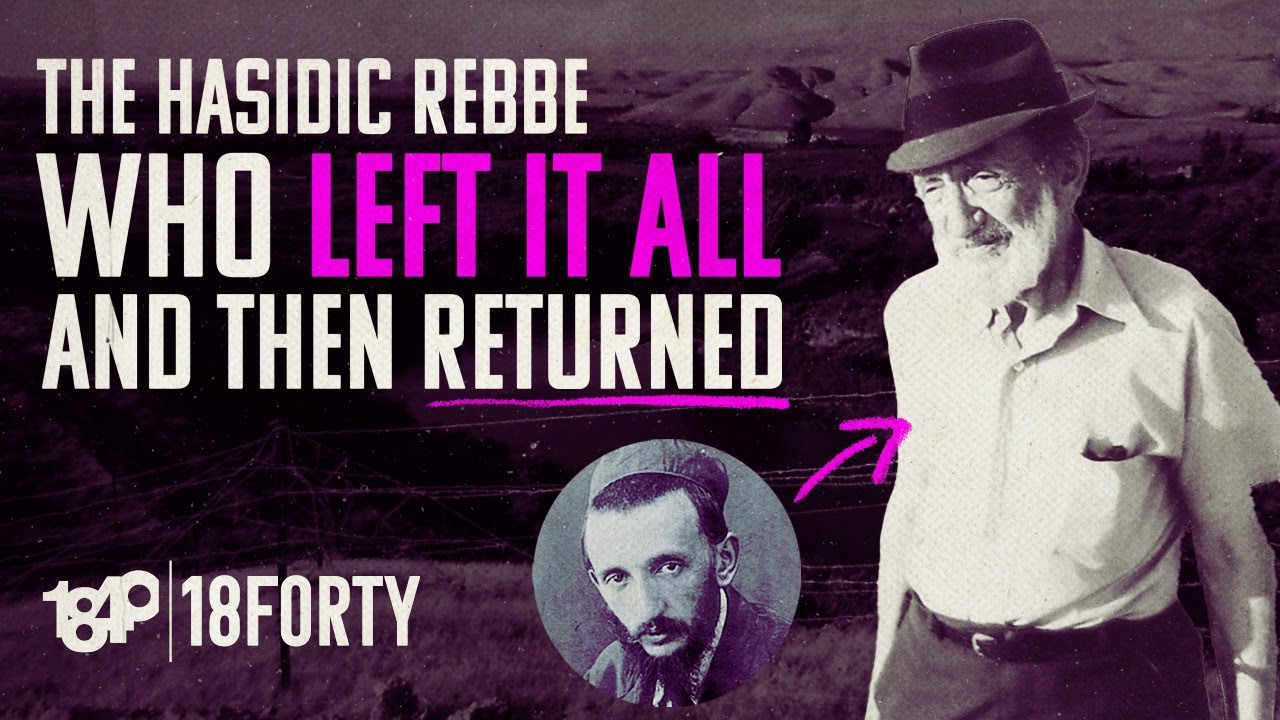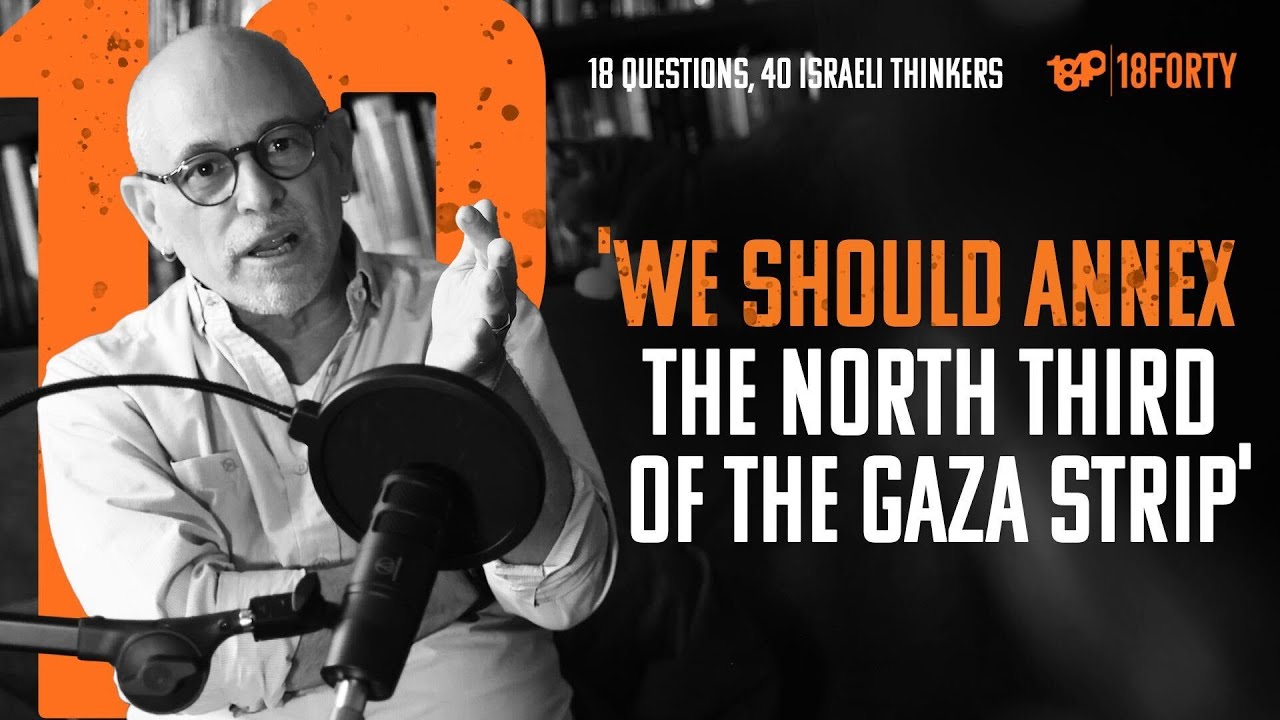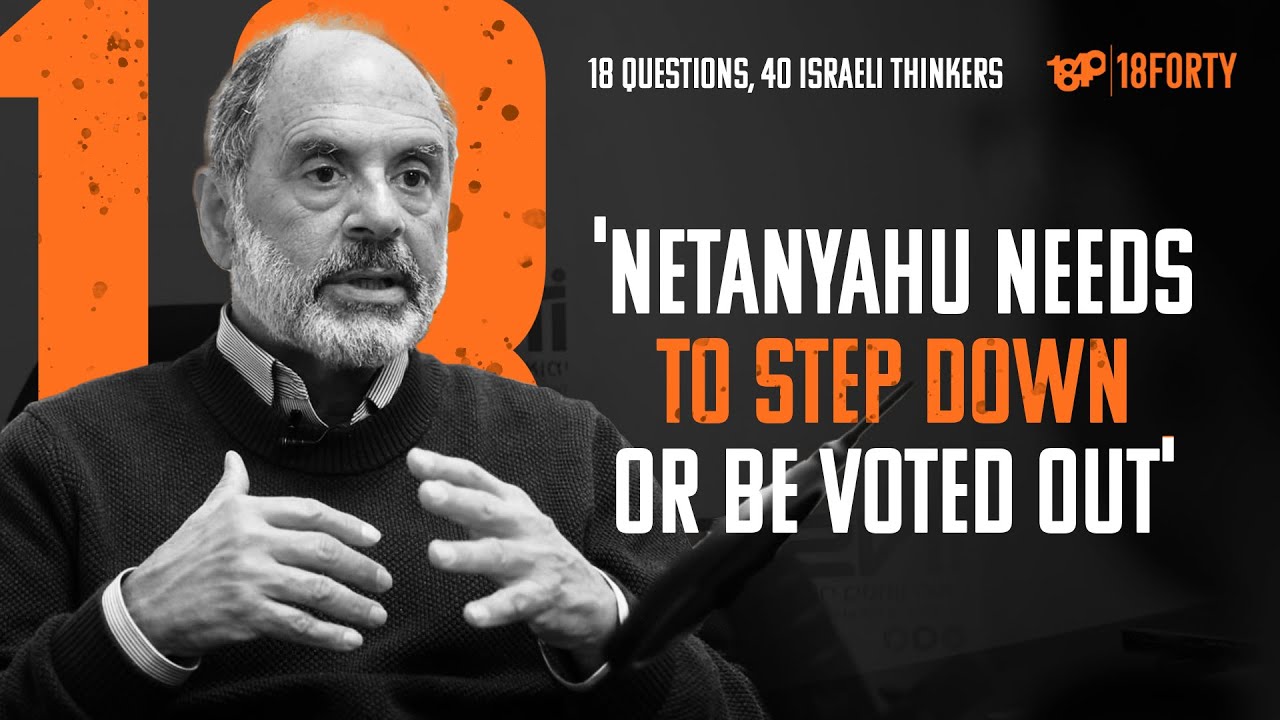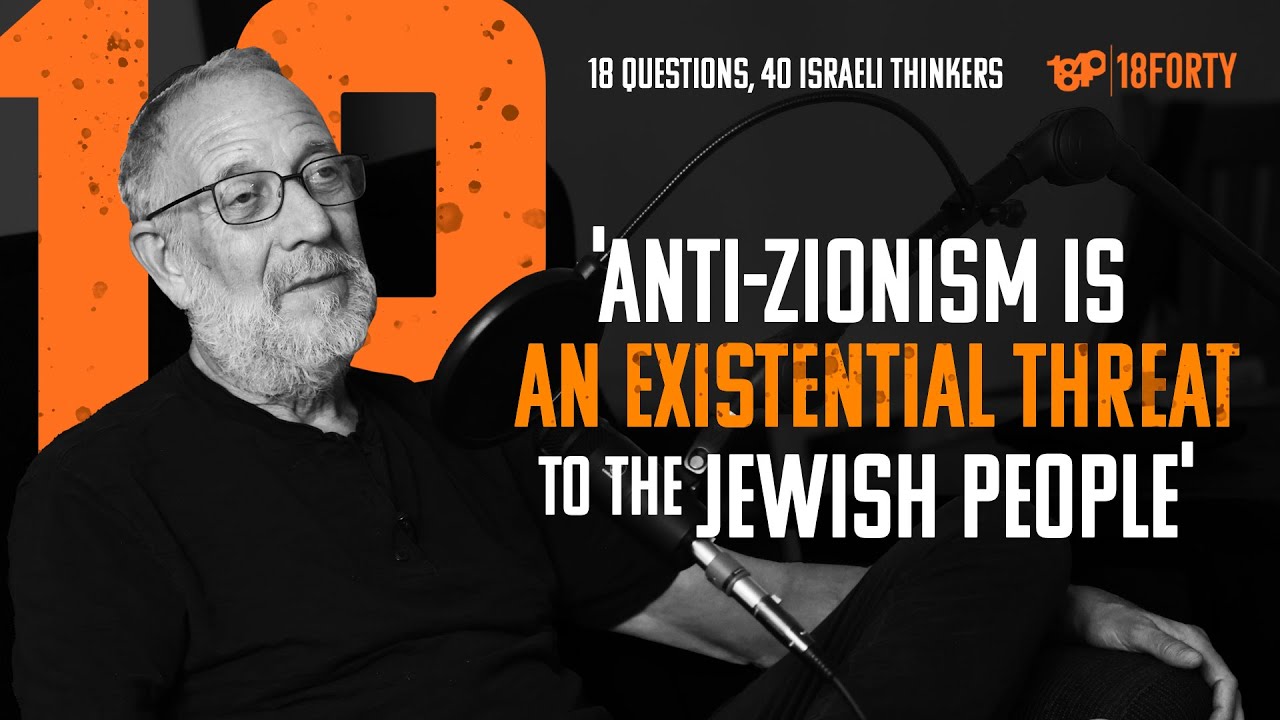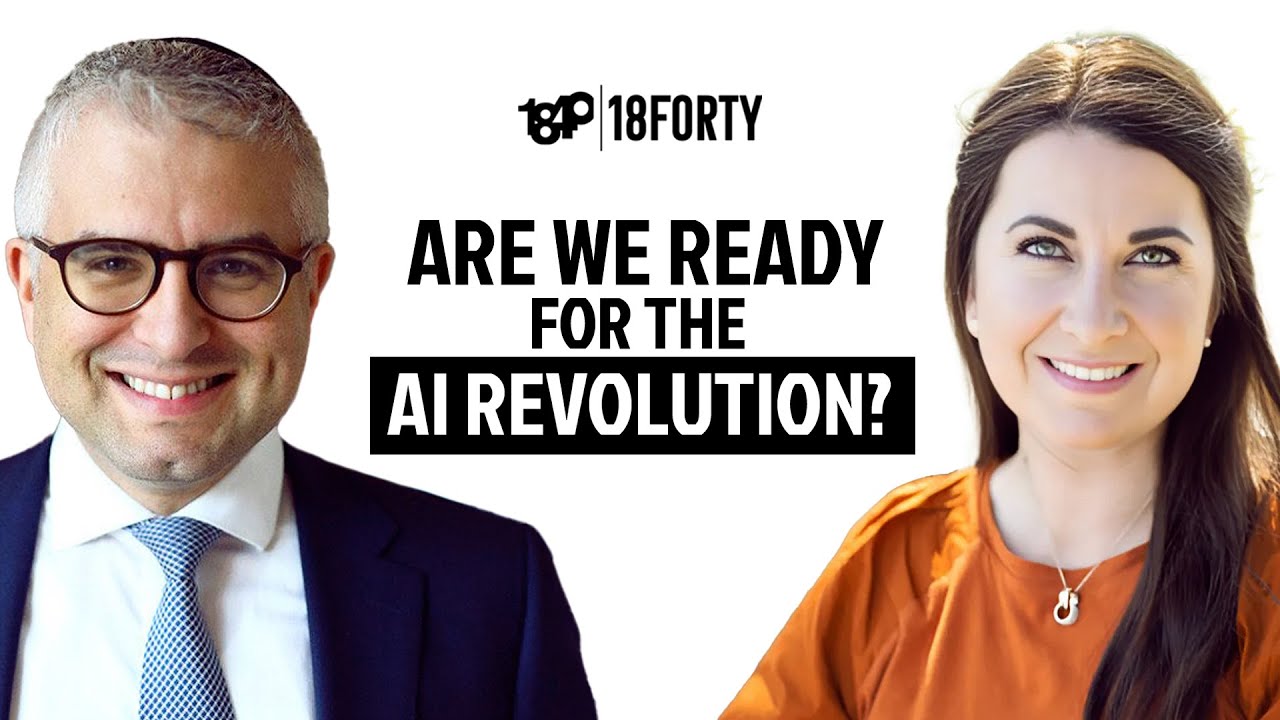The mystery of consciousness has long vexed philosophers and scientists alike. Attempting to explain the conscious experience has proven to be quite difficult. David Chalmers famously noted that much of the work on the subject confronts “easy” problems (how does our brain work?) but has made little to no progress on the “hard problem of consciousness”—i.e. why is all this internal processing accompanied by an inner experience? This essay will briefly explore the three most popular responses to the hard problem of consciousness—dualism, materialism, and panpsychism[1]—in conversation with the Jewish tradition.
Dualism: Two Different Sources
One possible answer to the hard problem is dualism, which assumes that the mental and physical properties of the universe stem from two distinct types of substances. This is perhaps the most intuitive answer to the religiously minded. After all, human beings were but dust from the earth until G-d blew the soul of life into Adam. Indeed, when Galileo removed sensory qualities from the observable world, he did so by positing that such qualities only exist in the soul. Chalmers himself even prefers what he calls a naturalist dualistic perspective because “the presence of consciousness is an extra fact about our world, not guaranteed by the physical facts alone.” In other words, the fact that it is logically possible for the physical world to exist and function exactly as it does, but without conscious experience, implies that consciousness must stem from something additional to the physical world.[2]
John Searle notes, though, that scientists operating under the restraints of methodological naturalism—trying to find explanations based on concepts that can be observed rather than invoking the magical or supernatural—have little reason to take dualism seriously since “having made a strict distinction between the mental and the physical, it cannot then make the relation of the two intelligible” without entertaining theological assumptions that are unwelcome in the laboratory. Furthermore, if consciousness can be explained by brain processes, adding an extra immaterial layer is redundant.
Materialism: It’s All Physical
Alternatively, one may suggest an approach in which consciousness emerges from physical materials alone. Also known as “eliminative materialism,” this position has been championed by Patricia and Paul Churchland. They argue that we may use concepts like thought, desire, hope, and love today, but we will one day understand and relate to them as simply electrochemical processes in the brain. Such an approach is also called “reductionist” because the sensation of consciousness is eliminated by reducing it to something else. Daniel Dennett, for example, argues that consciousness is a “user-illusion” generated when our brains “involuntarily misinterpret as a rendering (spread on the external world or on a private screen or stage) both the world’s external properties (colors, aromas, sounds…) and many of our own internal responses (expectations satisfied, desires identified, etc).”
In other words, we are not really conscious but have evolved to think that we are due to centuries of responding to various stimuli around us. As Anil Seth put it, “the predictive machinery of perception when directed at the self makes it seem as though there really is a stable essence of ‘me’ at the centre of everything,” when in reality, no such essence exists. There is, then, no hard problem of consciousness because consciousness itself is really the result of psychological misinterpretation of natural pattern recognition. Indeed, Seth strongly advocates dropping talk of the hard problem of consciousness entirely in favor of discussing the real problem of consciousness: How do we explain, predict, and control the various properties of consciousness based on what happens in our brains and body?
That all may sound compelling, but, as we will see, it is very possible to acknowledge the illusion of subjective selfhood while still maintaining the existence of consciousness. Searle, furthermore, notes that “reductionist attempts to eliminate consciousness are as hopeless as the dualism they were designed to supplant” because “they deny the real existence of the conscious states they were supposed to explain” and ultimately “end up denying the obvious fact that we all have inner, qualitative, subjective states such as our pains and joys, memories and perceptions, thoughts and feelings, moods, regrets, and hungers.” He ultimately pushes for an understanding of consciousness in which the irreducible experience of consciousness is maintained without assuming dualism. This is accomplished by assuming that consciousness is some sort of emergent phenomenon that arises under the right physical conditions in which “the behaviour of a system is not reducible to the aggregate behaviour of all of those parts.” But this faces the same issue as dualism. How, exactly, does consciousness arise?
Panpsychism: Consciousness as Foundational
Recently, an approach called panpsychism has been gaining traction. In the words of Philip Goff, panpsychism is an umbrella term for the view that “consciousness is a fundamental and ubiquitous feature of the physical world.” Because of this, the potential for consciousness to develop can be found in even the smallest units of our reality.
A somewhat related position is called the Integrated Information Theory (IIT), which, in the words of Christof Koch, posits that “consciousness is an intrinsic fundamental property of reality, is graded, and can be found in small amounts in simple physical systems.” This capacity for consciousness would be measured by an integrated information number score. “If it is zero, the system does not feel like anything and does not, strictly speaking, exist for itself… the larger the [score] the more the system exists for itself, the more it is conscious… According to the IIT, the mental may be found throughout the tree of life and, possibly, even in non-evolved physical systems, violating the ‘no brain, never mind’ intuition most of us have.” This may sound like a crazy theory, but it is important to emphasize that it is championed and supported by many respected philosophers and scientists as a legitimate position to hold. While panpsychist approaches may or may not prove to be correct, it is well regarded as being “a valid category of possible solutions” that “cannot be easily dismissed.”
This position tends to find itself rejected not for a lack of logic but a lack of explanatory power. Anil Seth, for example, writes that “panpsychism explains nothing, cannot be tested in itself, does not lead to testable predictions, and may actively discourage the generation of such predictions.” Similarly, Sean Carroll wrote that “we simply don’t gain anything by attributing the features of consciousness to individual particles. Doing so… buys us no new insight or predictive power. All it does is add a layer of metaphysical complication onto a description that is already perfectly successful.”
But what if panpsychism or IIT did possess significant explanatory power? Luke Roelofs notes that while panpsychist and materialist claims are observably equivalent, they differ on one crucial point:Panpsychism predicts that subjective consciousness should exist while materialism makes no such prediction.
We cannot see any explanation of consciousness on a purely material basis, any reason why some amount of movements-and-forces-in-space should feel some way… if I lived in a panpsychist world, I should expect to be conscious, and if I lived in a physicalist world, I should have no definite expectation on that score (or even expect not to be).
If one pivots from philosophy and neuroscience to other fields, panpsychism’s explanatory power gets even stronger. Monica Gagliano has demonstrated that “associative learning is an essential component of plant behaviour” while Ariel Novoplansky has argued that they not only “adapt to imminent threats by perceiving cues emitted from their damaged neighbours” but also may be able to “increase their readiness to probable future… stresses” by some form of communication. Suzanne Simard has even argued strongly for recognizing “communication via resource, defense, and kin recognition” in trees.
Moving down to the molecular level, James Shapiro writes that “experiments show that cells can make distinct appropriate NGE [“Natural Genetic Engineering”] responses to different adaptive challenges as they occur.” Indeed, even single-celled organisms like bacteria “display various multicellular behaviors. They involve emitting, receiving and processing a large vocabulary of chemical symbols… it can [therefore] reasonably be argued that cell cognition and intercellular communication are central to all levels of life.” This is all to be expected under panpsychist assumptions since the building-blocks for awareness exist on every level. In Philip Goff’s words, “as organisms become simpler… the light of consciousness never switches off entirely, but rather fades as organic complexity reduces, through flies, insects, plants, bacteria, and amoeba.”
Even Daniel Dennett, an unapologetic materialist, acknowledges that his view is built on the fact that “animals, plants, and even microorganisms are equipped with competencies that permit them to deal appropriately with the affordances of their environments… All organisms, from single cells to elephants, have a rudimentary ‘sense of self.’” Such findings are perfectly explainable under the assumptions of panpsychism or IIT, but extremely hard to defend under pure materialism, which would not provide any inherent reason to think such agency could develop.[3]
The Combination Problem: Unification
A view of reality in which the capacity for consciousness is fundamental, then, provides significant explanatory power across multiple disciplines. However, panpsychism faces what many call the combination problem: How do individual potentially conscious parts combine into a single consciousness?
Annaka Harris proposes a solution to this problem by distinguishing between consciousness and content. Even an amnesiac still possesses a sense of self, an “I” they refer to when they ask “who am I?” In her words, “there is no solid centre we can label ‘you’ or ‘me.’” Consciousness, then, might not combine at all. The capacity for consciousness permeates reality as “a fundamental feature of the universe in the form of a continuous pervasive field” while the absorption of and identification with various types of content form our self-identity. It is therefore “imperative that we weed out and untangle the illusion of self from our description of consciousness… the human sense of being a self, along with an experience of continuity over time through memory (in which trails of previous qualia remain in circulation), may in fact be a very rare form of content.” Alongside the conscious experience of “me,” then, may also be a dimmer experience of each individual neuron, or of different collections of neurons and cells in our bodies and beyond. In this understanding, it is possible that “the universe is teeming with consciousness—with content flickering in and out, connecting through memory, separating, overlapping, flowing, in ways we can’t quite imagine—ruled by physical laws we can’t quite understand.”
Where Judaism Meets Panpsychism
This recognition of the illusion of self that overlays a universal consciousness is actually quite familiar to Judaism. The Tanya (Sefer Shel Beinonim, 33), for example, writes as follows:
Yet another means of leading one’s soul to true joy, especially at those specific times when one finds it necessary to purify his soul and illuminate it with a gladness of heart: Let him then think deeply and picture in his intellect and understanding the subject of G‑d’s true unity. Let him consider how He permeates all worlds, both upper and lower. Let him further consider how even this world is filled with His glory—and how everything is of no reality whatsoever in His presence… He is One alone, without any change whatsoever. For in relation to Him, the very existence of all created beings is utterly nullified.
Elsewhere in the Tanya (Shaar Yichud Ve-Emunah, 6), it states that “the Holy One, blessed be He, fills the whole world in the same way as the soul is garbed in the body,” permeating all levels of reality with Divine awareness. Similarly, Rav Chaim of Volozhin writes in Nefesh HaChaim (3:4) that “from [God’s] perspective He is called by the phrase ‘permeates all worlds,’ while from our perspective He is called by the phrase ‘surrounds all worlds’… it is definitely true that from His (may He be blessed) perspective, even now after He created and renewed the worlds with His intention, He permeates all the worlds and places and creations, all absolutely uniformly and with a simple unity.” So too, Rav Dessler wrote (Michtav Me-Eliyahu 3:2:6) that “‘There is nothing besides Him’ is the absolute truth, but it is hidden from us. Even in our intellect it is almost impossible to perceive… We find from this that all our notions are relative to creation, they are only truth within and about creation, according to our concepts that they too are created. We have only relative truth, each and every one according to their level…”
These perspectives all present an idea known in the Jewish mystical tradition as tzimtzum, or the act of “Divine contraction” which allows for anything other than God to exist. Avinoam Fraenkel summarizes this doctrine as “the overall process of the creation of a lower, less subtle, more physical dimension and plane of existence from a higher level and dimension of existence”in which all agree that “everything is interconnected to God.”[4]
Under that assumption, the world does not exist independent of God but within God in some real sense. Such a relationship between the divine and the physical allows for all of our physical reality to be filled with divinity in a literal way. As a direct result of this “absolute unity and interconnectivity… each and every human being without exception has the innate ability to work on himself and draw closer to God by refining his self-perception and relating to his existence from the perspective of the bigger whole.”
Furthermore, Rav Kook wrote that “in probing the inner meaning of evolution toward an improved state, we find here an explanation of Divine concepts with absolute clarity. It is precisely the Ein Sof in action that manages to bring to realization the infinite potentiality.” It is God—Who fills all of our world and permeates all levels of reality—Who directs life toward the evolution of consciousness. If God truly fills everything, then the capacity for consciousness argued for in panpsychism and IIT is there because of that underlying divinity.
Judaism can then be said to provide an explanation for how that capacity for consciousness got to all levels of reality to begin with. Furthermore, the mysterious field that may allow for consciousness under these assumptions can then be understood simply as God! While Philip Goff himself does not go that far, he does acknowledge hope that “in a panpsychist worldview, the yearnings of faith and the rationalities of science might finally come into harmony.”
The remaining question, then, is how to get from this mysterious Source of All Consciousness to God as understood by Judaism. After all, such a purely undifferentiated Being is seemingly far more pluralistic and less relatable than what most would imagine.There are at least three paths that can get from this panpsychist starting point to a recognizably Jewish theology: Maimonidean Emanationism, Rav Kook’s Panentheism, and Hasidic Idealism. Perhaps a future article will explore those paths in detail.
Steven Gotlib is the incoming Rabbi and Director of the Glebe Shul in Ottawa, Canada. He currently serves as Assistant Rabbi of the Village Shul and an avreich (Community Scholar) at Beit Midrash Zichron Dov of Toronto. He can be reached at sgotlib@torontotorah.com.
—
[1] Some would argue that panpsychism is merely dualism in disguise or that the arguments for panpsychism entail dualism when followed to their natural conclusions. See, for example, Ralf Stefan Weir’s article Can a Post-Galilean Science of Consciousness Avoid Substance Dualism? For purposes of this exploration, they are treated as two different approaches.
[2] In a more philosophically rigorous formulation:
- In our world, there are conscious experiences
- There is a logically possible world physically identical to ours, in which the positive facts about consciousness in our world do not hold
- Therefore, facts about consciousness are further facts about our world, over and above physical facts
- So materialism is false (Chalmers, 123)
[3] Additionally Andrei Linde, Carlo Rovelli, Marine Cortes, Lee Smolin, and Clelia Verde have all argued that understanding consciousness as fundamental to our universe can have significant explanatory power in the realm of Quantum Physics. Their works are highly technical and full discussion here would turn this brief essay into a very long one.
[4] In his translation and commentary on the Shomer Emunim, Rabbi Fraenkel also shows how other aspects of quantum theory align well with a Jewish mystical worldview.
